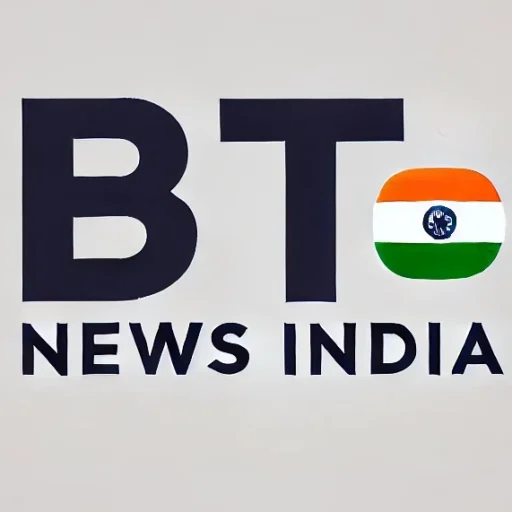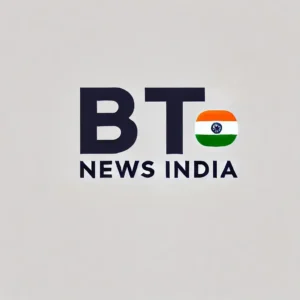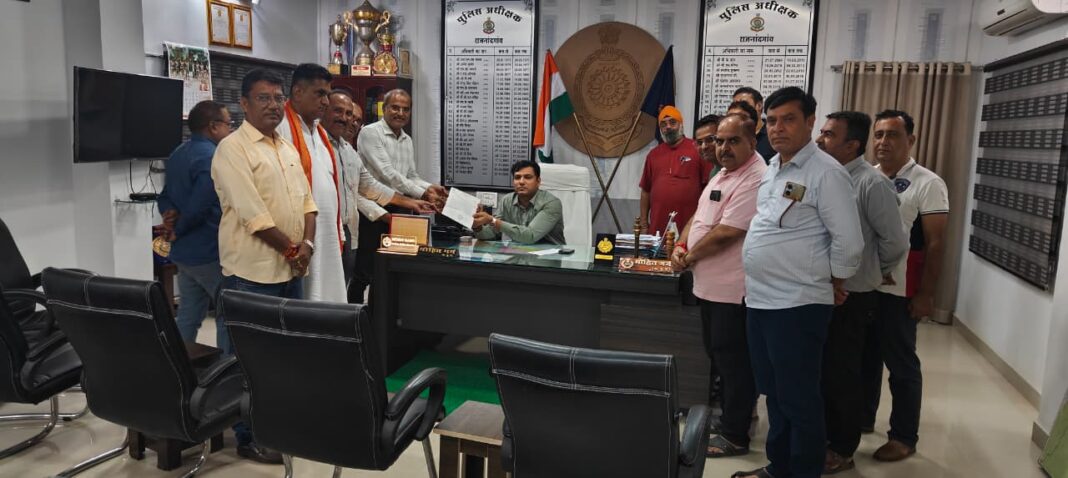Cultural Performances, Warm Diaspora Reception, and Strategic Talks Mark a Historic Visit
Published on: August 30, 2025
By: BTNI
Location: Tokyo, Japan
Prime Minister Narendra Modi’s arrival in Tokyo for the 15th India-Japan Annual Summit was marked by an unforgettable welcome, showcasing the deep cultural and strategic bonds between India and Japan. The visit, at the invitation of Japanese Prime Minister Shigeru Ishiba, underscores India’s growing global stature and the strengthening of the Special Strategic and Global Partnership between the two nations.
Upon landing in Tokyo on August 29, PM Modi was greeted with vibrant enthusiasm by the Indian diaspora and Japanese officials, including India’s Ambassador to Japan, Sibi George, and Japan’s Ambassador to India, ONO Keiichi. The iconic Tokyo SkyTree, Japan’s tallest tower, was illuminated in the colors of the Indian tricolor, symbolizing the warmth and respect for the visiting Indian leader. Traditional Kathak and classical music performances, along with chants of “Bharat Mata ki Jai,” filled the air, reflecting the Indian community’s pride and their contributions to Japanese society.
A significant highlight was the presentation of a traditional Daruma doll, a symbol of good luck in Japanese culture, to PM Modi by Rev. Seishi Hirose, Chief Priest of Shorinzan Daruma-Ji Temple in Takasaki-Gunma. The Ministry of External Affairs noted that this gesture reaffirmed the close civilizational and spiritual ties between the two nations.
Addressing the India-Japan Economic Forum, PM Modi emphasized India’s rapid economic growth and its potential as the world’s third-largest economy in the near future. “In India, capital does not just grow, it multiplies,” he said, inviting Japanese companies to deepen partnerships in manufacturing, technology, green energy, and innovation. Japan announced an ambitious investment target of 10 trillion yen (approximately $68 billion) in India over the next decade, signaling a new phase of economic collaboration. The leaders also signed agreements, including a Long-Term Vision Document and an updated 2008 Declaration on Security Cooperation, focusing on defense, economic security, and emerging technologies like AI and semiconductors.
On the second day, PM Modi met governors of 16 Japanese prefectures, urging stronger state-prefecture collaborations under the newly launched State-Prefecture Partnership Initiative. He highlighted opportunities in trade, innovation, startups, and small businesses, emphasizing that “Japanese technology and Indian talent are a winning combination.” The leaders also took a bullet train ride to Sendai, visiting a semiconductor facility and exploring potential cooperation in next-generation technologies.
Also read- https://www.btnewsindia.com/cm-vishnudev-sai-invites-south-korean-investors-to-explore-opportunities-in-the-state/ https://www.btnewsindia.com/indias-diversity-is-our-strength-governor-ramen-deka-at-raj-bhavan/
The visit, which included discussions on regional stability, the Quad framework, and a free Indo-Pacific, sets a roadmap for the next decade of India-Japan partnership. PM Modi’s engagements with Japanese lawmakers, industrialists, and former Prime Ministers Yoshihide Suga and Fumio Kishida further cemented bilateral ties. As he departs for the SCO Summit in China, this visit has laid a strong foundation for deeper economic, cultural, and strategic cooperation, reinforcing India’s role as a global leader.



